
Herd & Land Management
Regenerative cattle ranching
Regenerative cattle ranching not only contributes to your family’s healthy diet, but is equally important for a healthy environment. Sound grazing techniques preserve important grassland habitat for plant and wildlife biodiversity, improve watersheds, reduce soil erosion and greenhouse gases. At Burke Creek Ranch, we take this responsibility seriously.
Free range, open pastures
Visitors have proclaimed our ranch as "cow paradise." Our grass-finished cattle live their entire lives in open pastures where they are born and raised on native grasses and natural spring water. They are finished on fresh native grass and moved to new pastures frequently to ensure optimal nutrition. We take care during extreme weather by providing them access to shelter and bedding.
There is no confinement here—our cattle roam free on the land. No added hormones or mass antibiotics are used. Animal health is tracked and documented. Any animal requiring medical treatment is individually and humanely treated and moved to the commercial herd.
Low-stress livestock handling
At Burke Creek Ranch, we use all-natural animal handling practices employing methods from Bud Williams and Temple Grandin. Gentle stockmanship reduces overall stress on the cattle, improves their health and is safer for both the handler and animal alike.
Primarily, we manage the stock on horseback or on foot to move and work with cattle—no noise or electric prods are used. With experience, we have learned to read the individual animal and move calmly, quietly through the herd even during calving season when the motherly instinct is on high alert. Purchasers of our breeding stock have often commented, "How do you get your cattle to be so gentle?" and, "We have never had cattle as mild as these before."
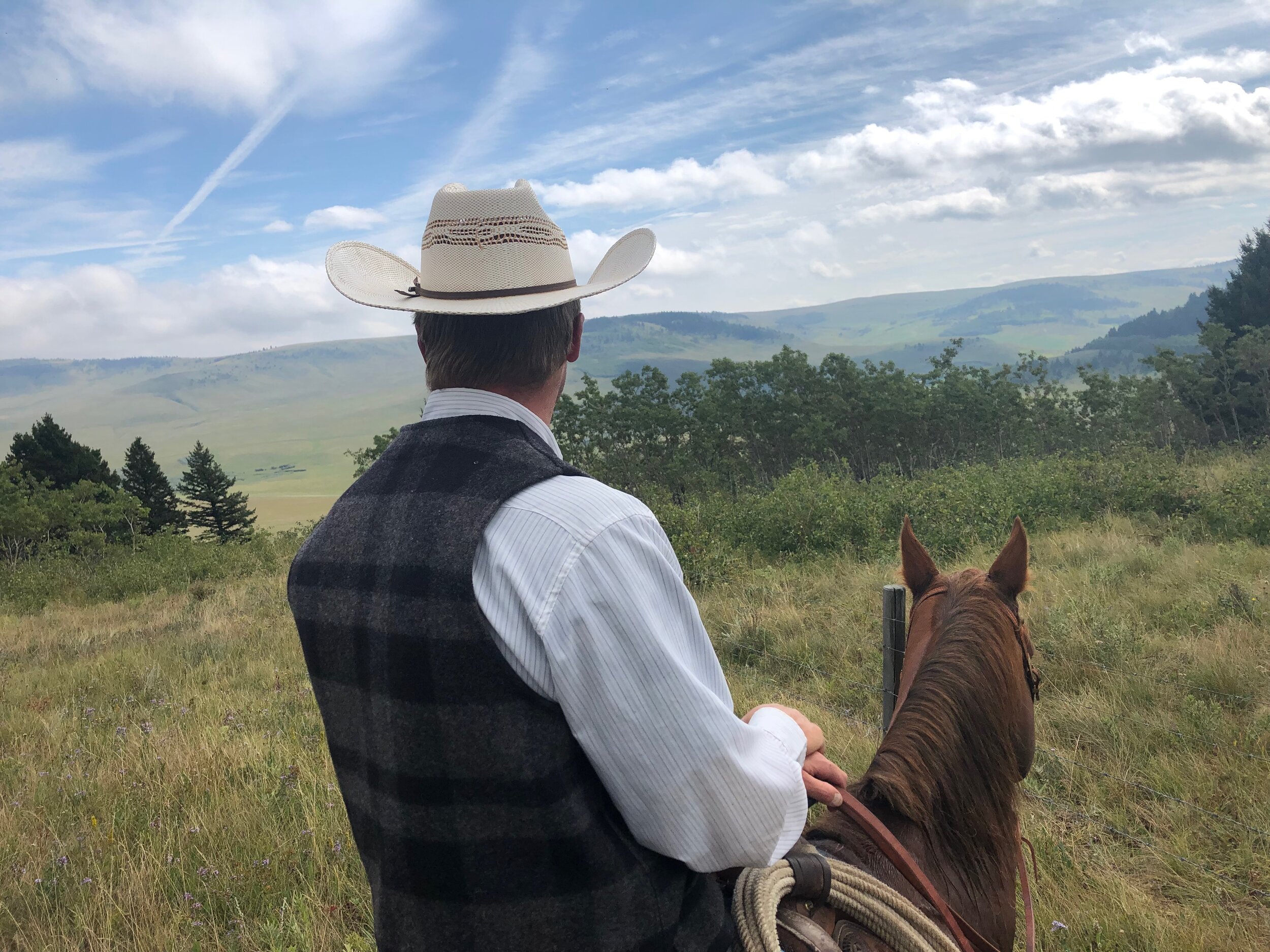
Why we manage cattle on horseback
Big country and varied terrain make horses an ideal way to stay in touch with our land and ensure gentle cattle.
Regenerative Grazing
Cattle that are responsibly grazed aid in a balanced and sustainable ecosystem. They help improve soil fertility and decrease soil erosion. Grasslands that have been properly managed are scientifically proven to increase carbon sequestration. By keeping the land in a natural state, we provide habitat for a diverse species of wildlife and insect species important for a healthy environment.
Regenerative grazing means that we move our animals frequently, giving grasslands extended periods of rest, similar to the movement of bison.
At Burke Creek Ranch, our mission is to operate in harmony with the natural resources entrusted to us, passing this land on in an equal or better state to the next generation. This means carefully managing grasslands to never overgraze, continually and frequently moving cattle to fresh pasture, plus prudently managing stocking rates during drought.
By keeping pasturelands in a natural state, Alberta ranchers are protecting endangered grasslands. Cattle are often raised on land that is unsuitable for producing crops. They eat grasses that people can’t digest, turning it into healthy protein for our diets.
Clean, natural water sources
We have invested heavily in off-stream water development to prevent direct animal contact or manure from accessing natural water sources. This means we fence off creeks, capture water from natural springs in a water trough, and return overflow to creek or natural waterbodies. Our cattle drink fresh spring water from a trough, allowing excess to return to the creeks and streams. This water source comes up naturally from the ground, and with our trough system, any excess returns back to the source.
Protecting endangered grasslands improves soil health
Over the years, high-volume industrial agriculture practices have resulted in decreased soil health. The foundation of all life starts with healthy soil. It is the lifeblood of nutrition and directly reflected in the quality of our food. Quite simply, if soil doesn't have essential nutrients, our food won't either.
Responsibly grazing cattle is an important part of the grassland ecosystem and nutrient recycling. We encourage plant diversity by using manure and other non-commercial fertilizers to aid the growth of mycorrhizal fungi, essential for soil health.
The act of grazing takes old grass off to allow roots access to sunlight, which in turn, allows the plants to grow fresh grasses. Cattle hooves break down of the soil’s crust, which increases moisture infiltration, decreases runoff and soil erosion.
Did you know?
Manure and dung beetles contribute to this increased soil health and natural fertilizer.
“Dung beetles return over 90 percent of the nitrogen in cattle dung back to the soil, which then improves the forage uptake of valuable minerals, phosphorus and sulphur by 80 percent.” Source: Farm and Dairy
Dung beetles have disappeared with the increased use of insecticides, but operations like ours that eliminate these have successfully reintroduced to our ecosystem.
Healthy soil critical for carbon sequestration
Agricultural soils, including grasslands, have been clearly recognized to slow climate change, acting as huge potential sinks for carbon if properly managed.
Read more in Savory’s blog, A report on Sequestering Carbon in Soil: Addressing the Carbon Threat gathering>>
Wildlife habitat protection
Pasturelands are the preferred habitat for many species of Canadian wildlife, including some that have been identified as being at risk.
At Burke Creek Ranch, we are currently hosting a study on our land by Multisar that includes looking at all the species at risk that exist on the land. By operating in partnership with Mother Nature, we provide a safe environment for large herds of elk, whitetail deer, mule deer, black bears, an increasing number of grizzly bears, wolves, coyotes, cougars, wild turkeys, multiple species of grouse, bluebirds, eagles, numerous bird species, porcupine and badgers that would have otherwise been displaced. Our creeks also contain multiple species of trout including cutthroat trout, which are identified as a species at risk.
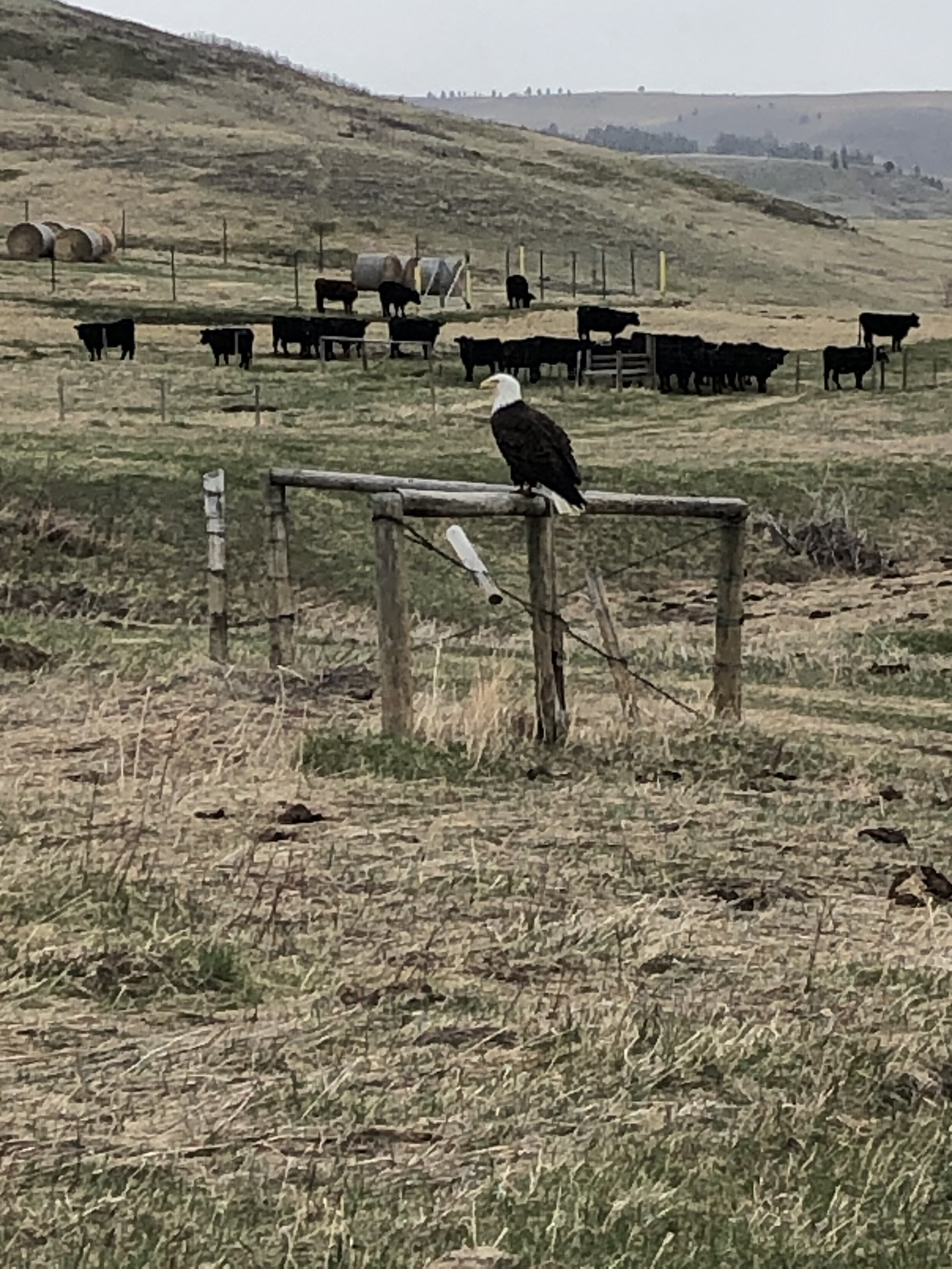
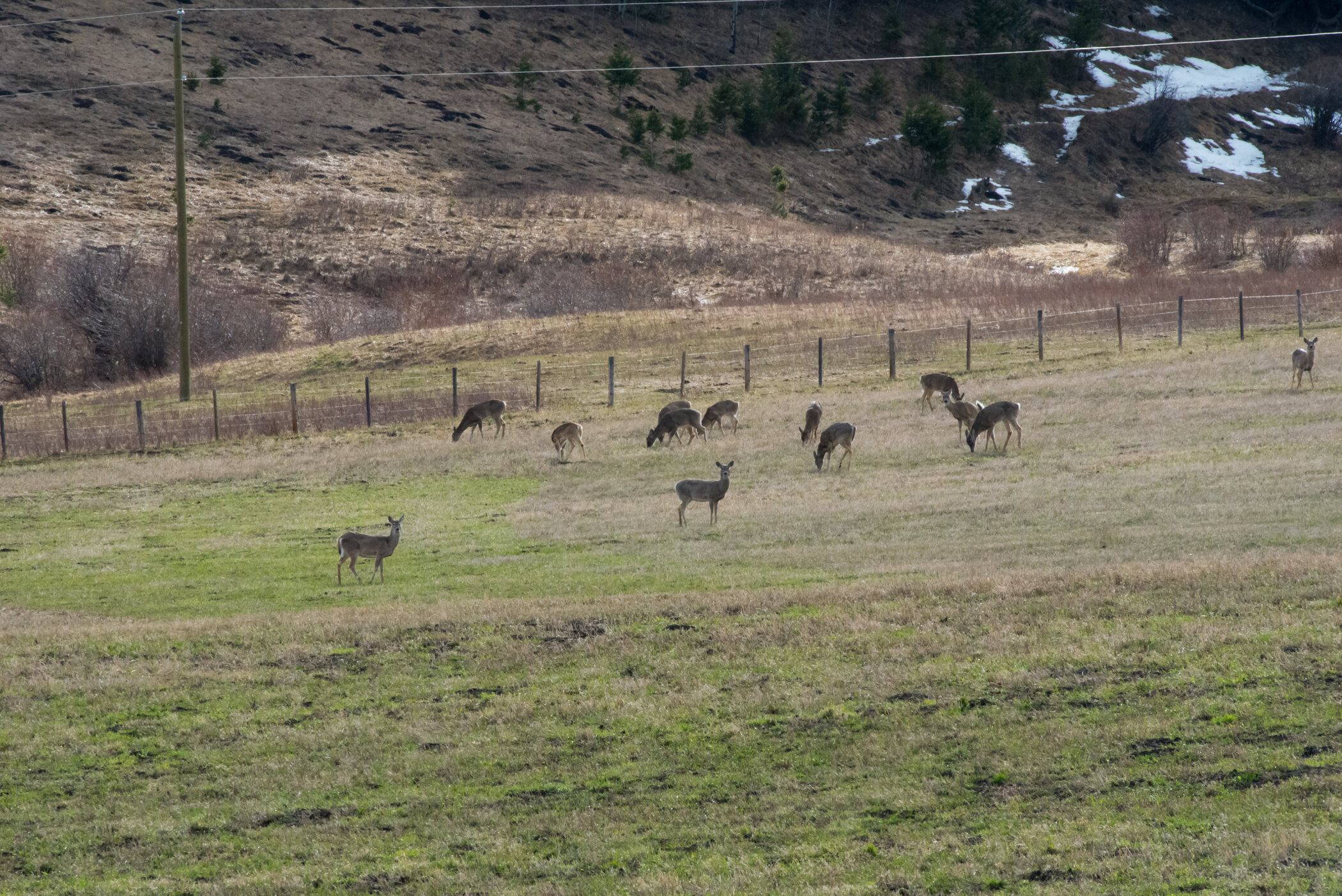
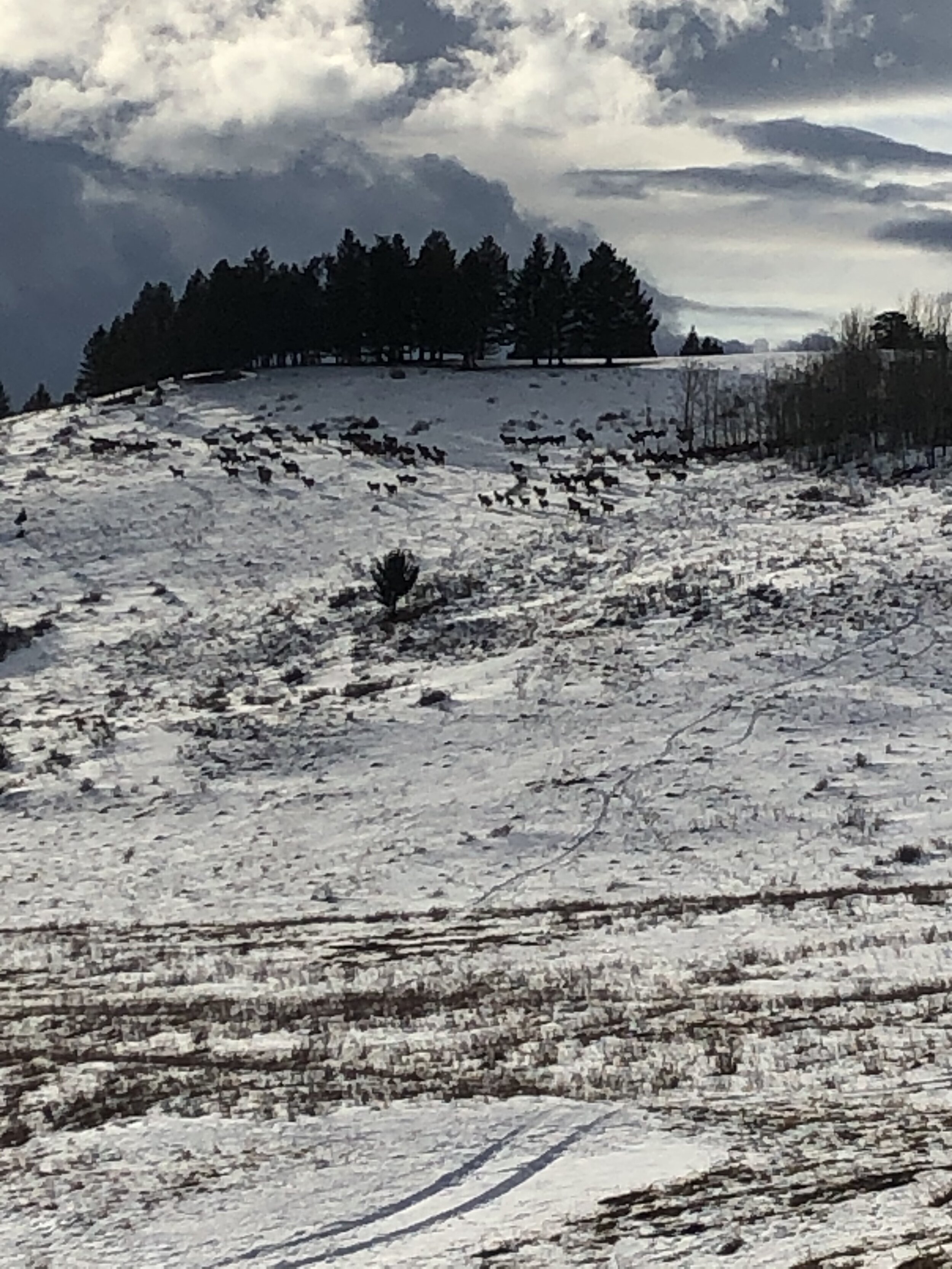
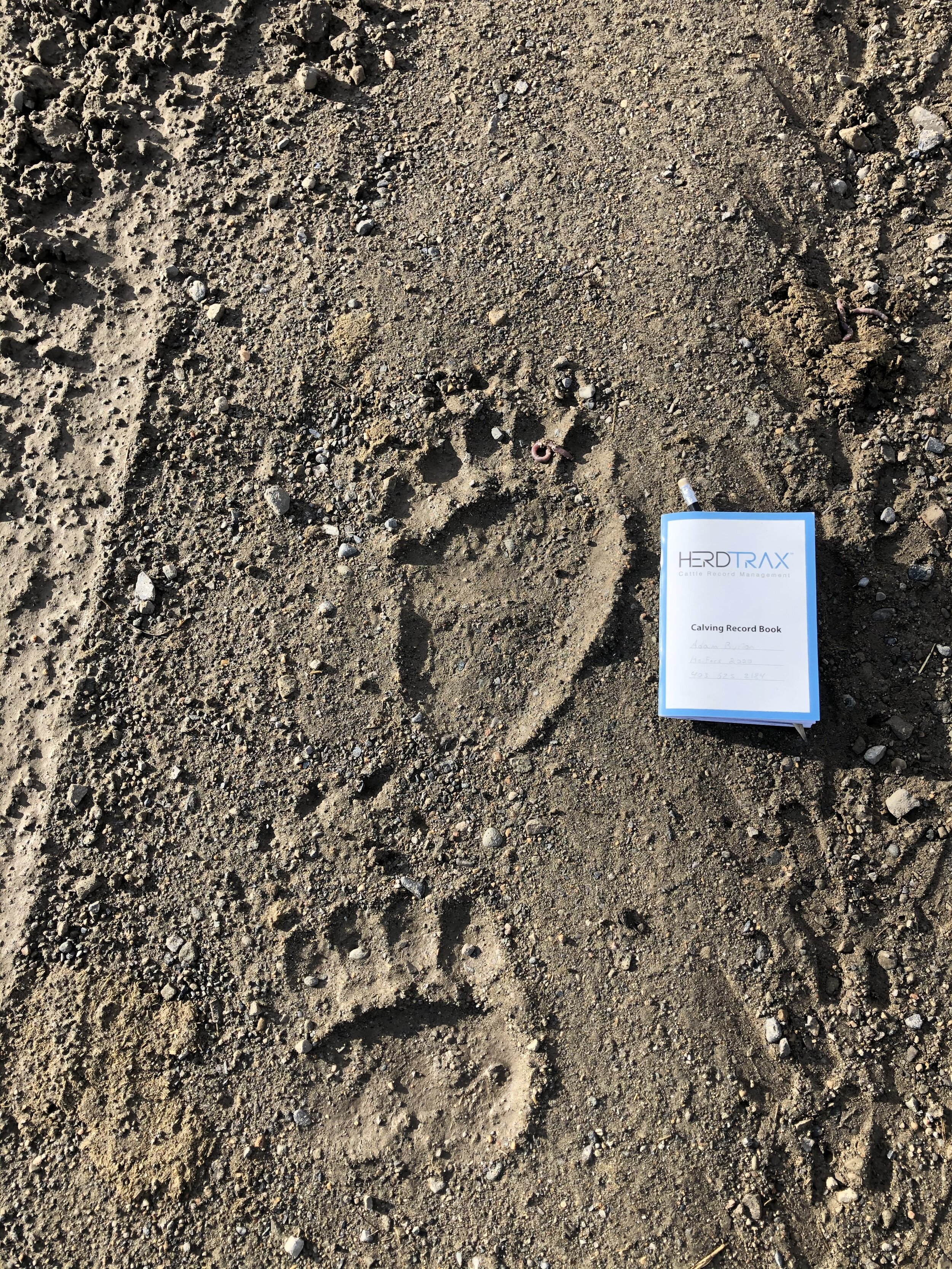
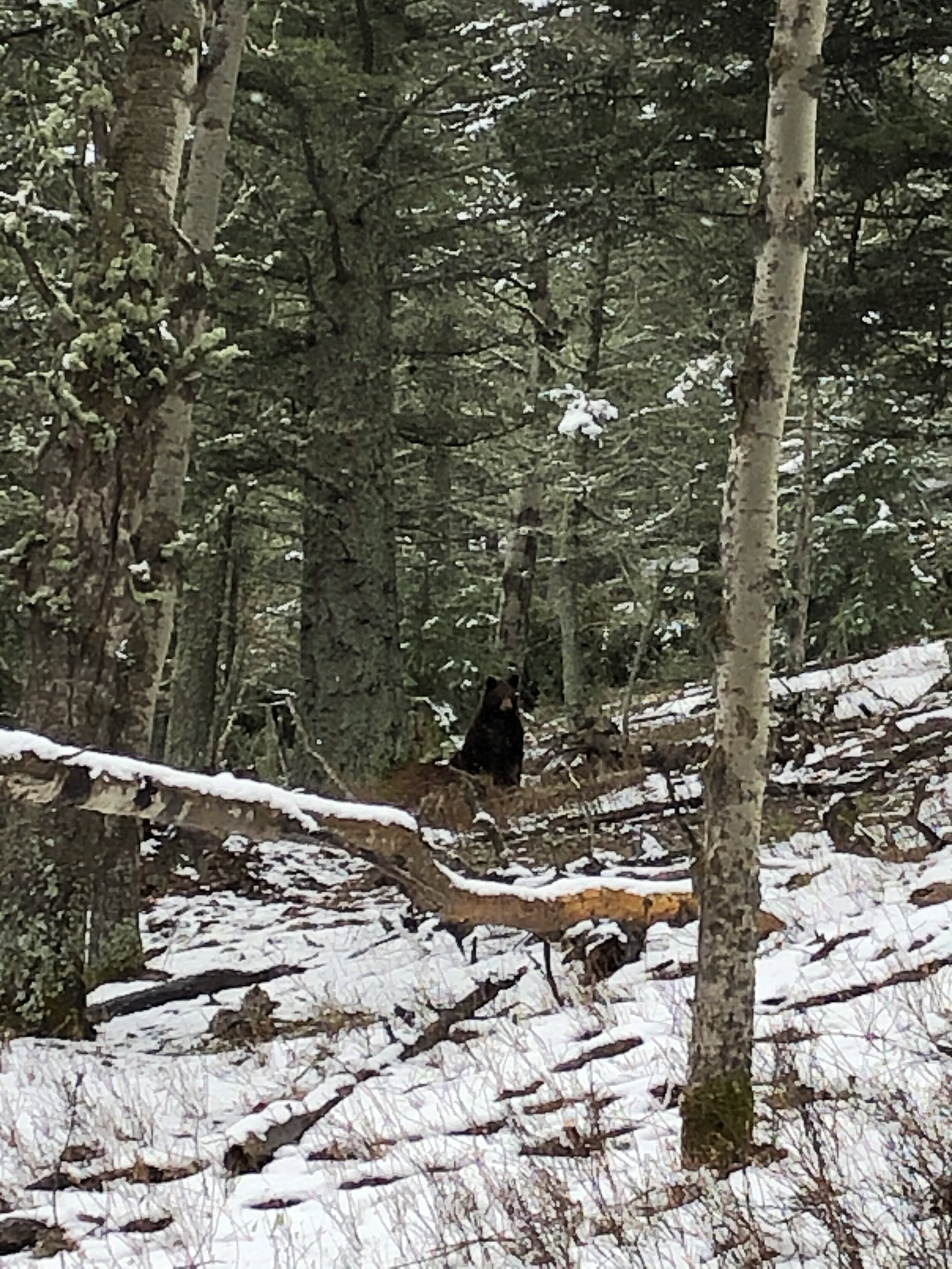

Grasslands are an important and essential part of our ecosystem. Our regenerative approach to grazing supports generations of prairie ranchers, a healthy, local food source, maintains grassland health and benefits many species of prairie wildlife.




